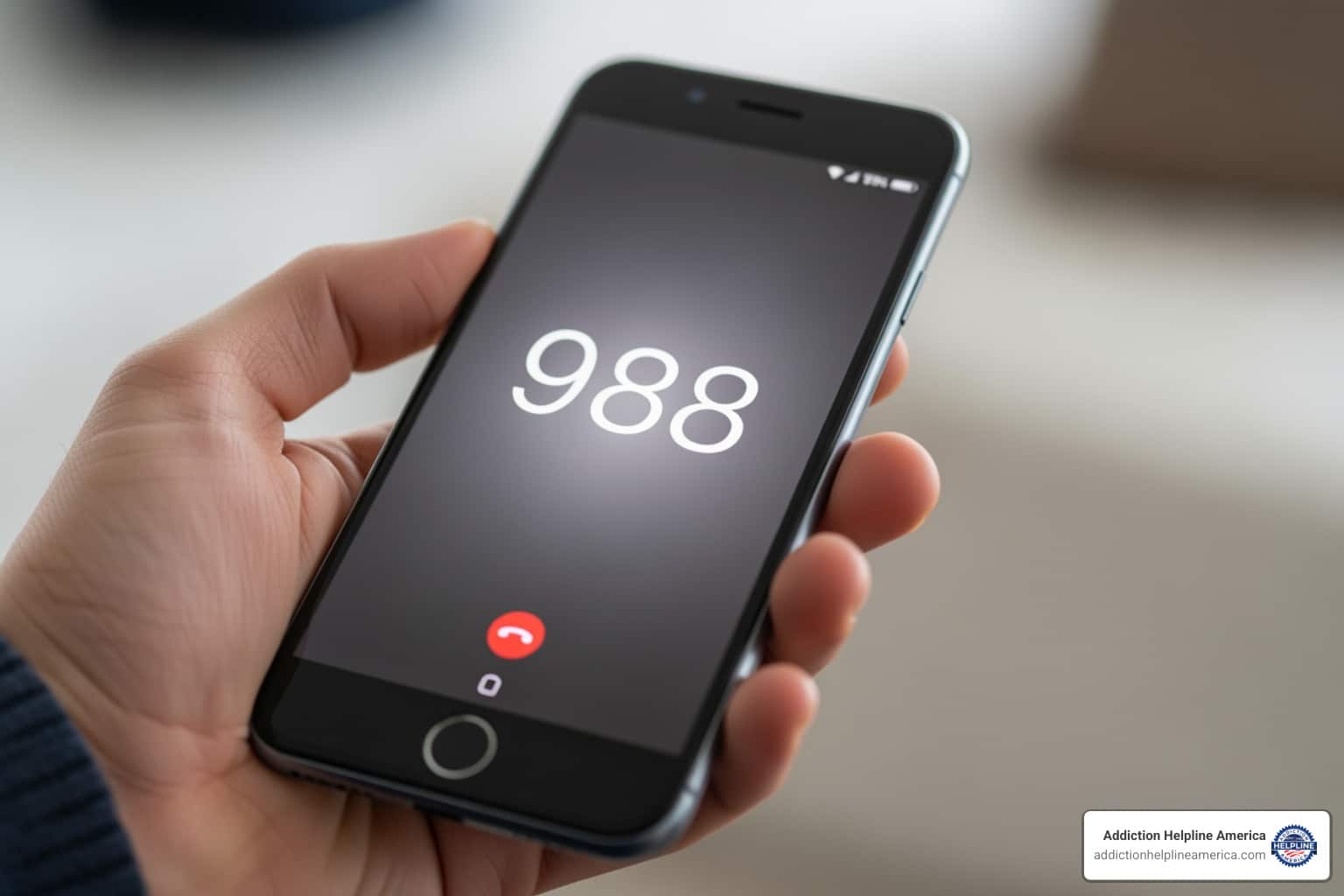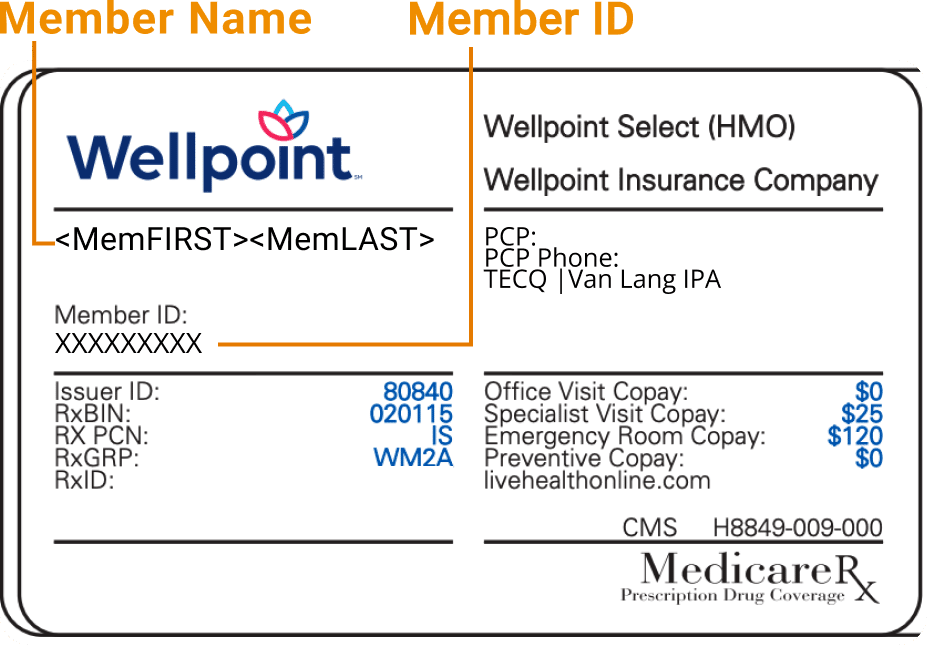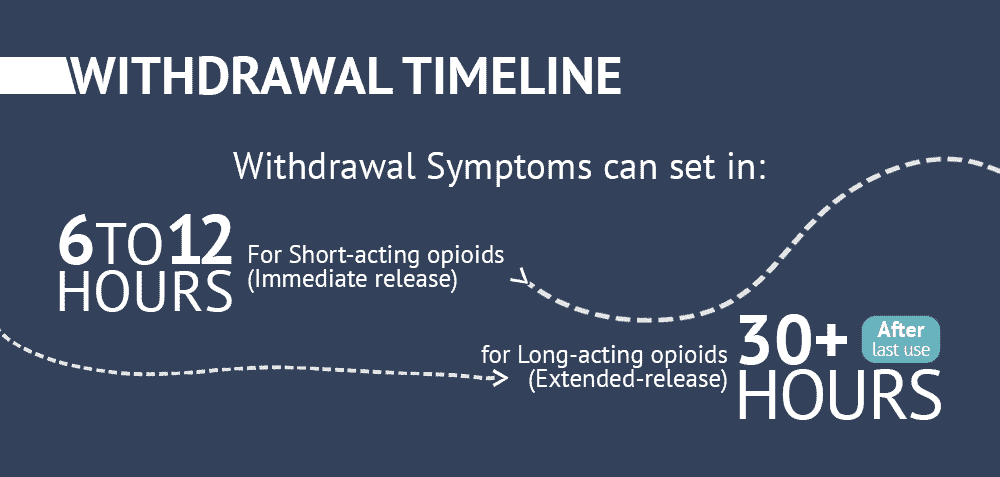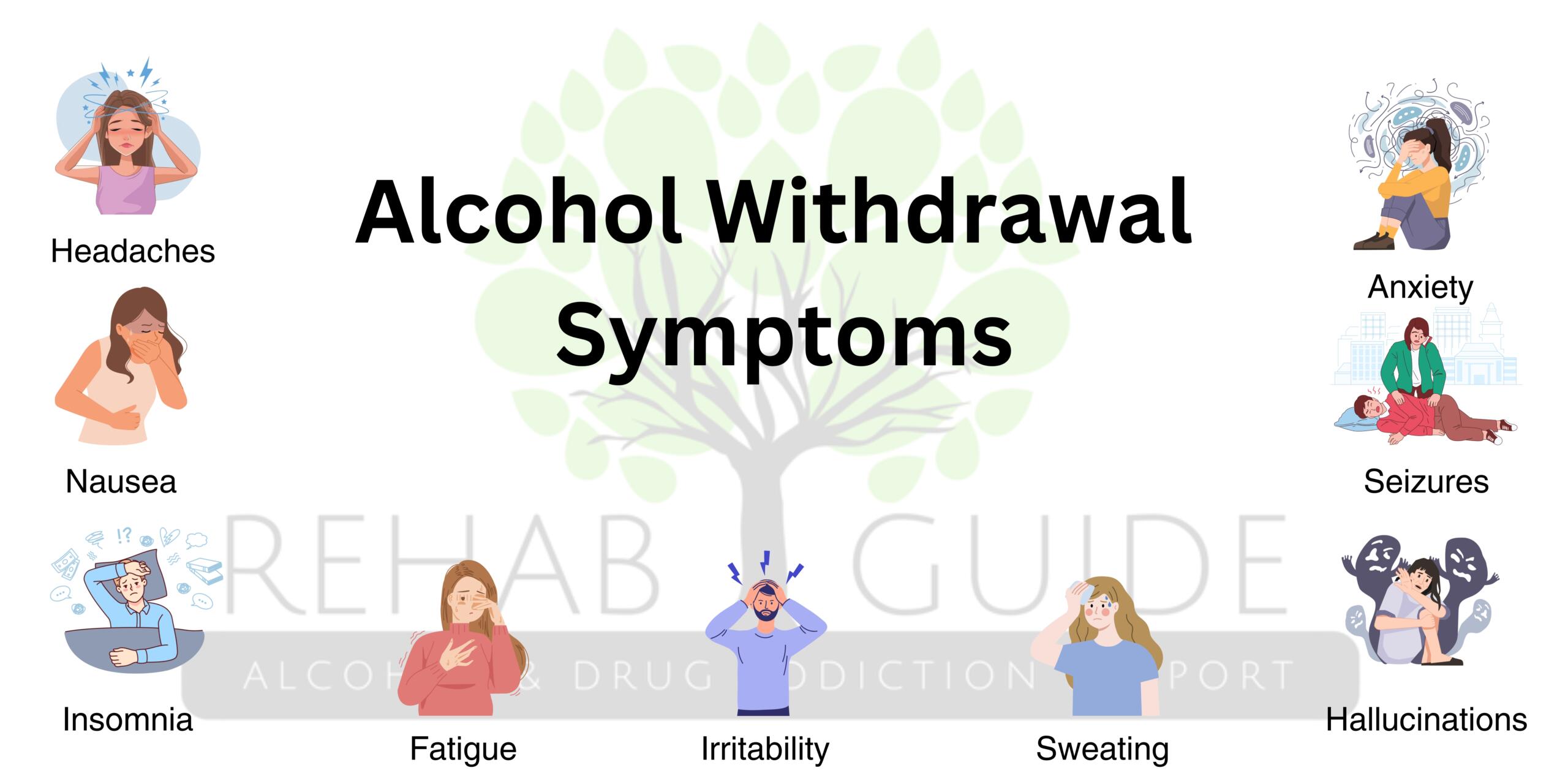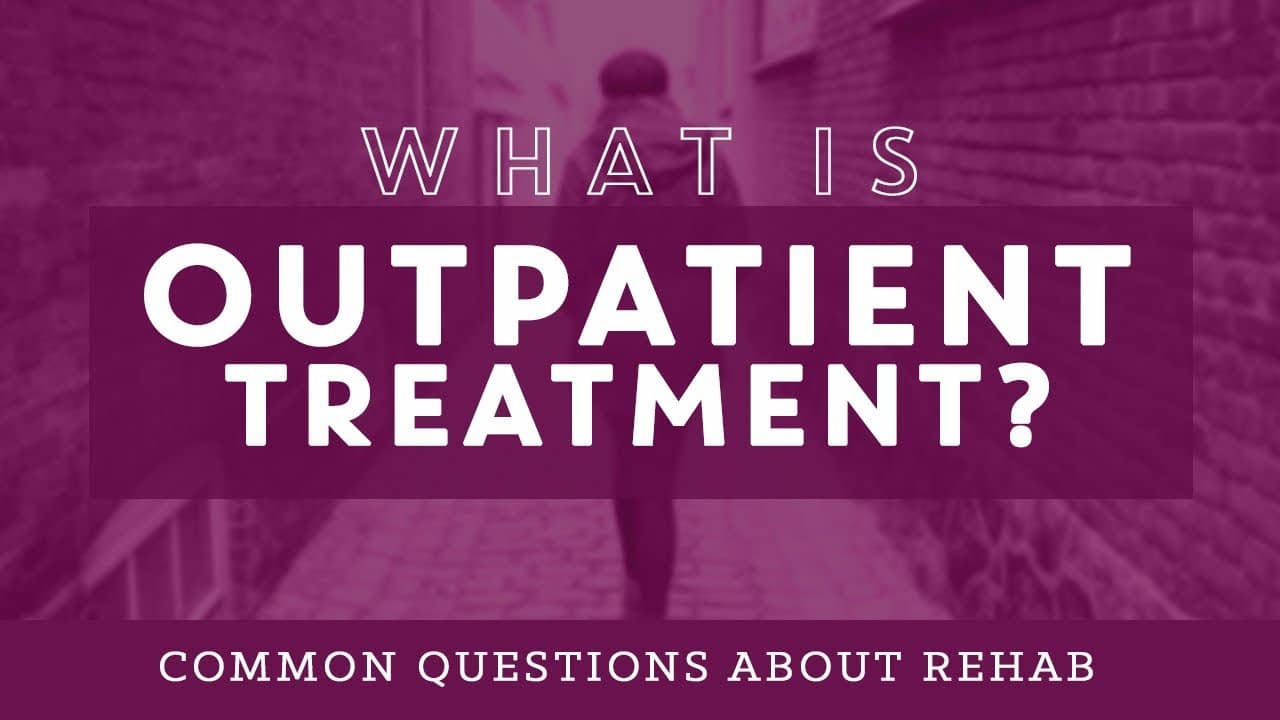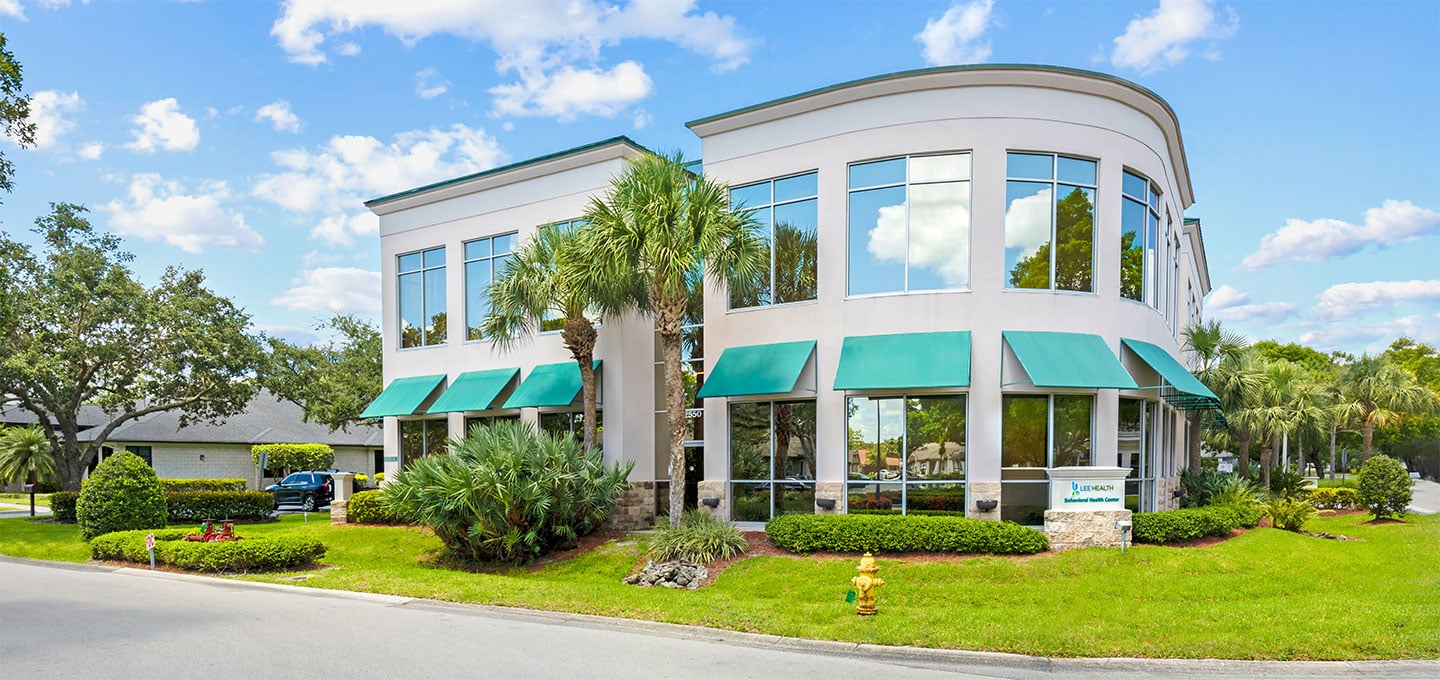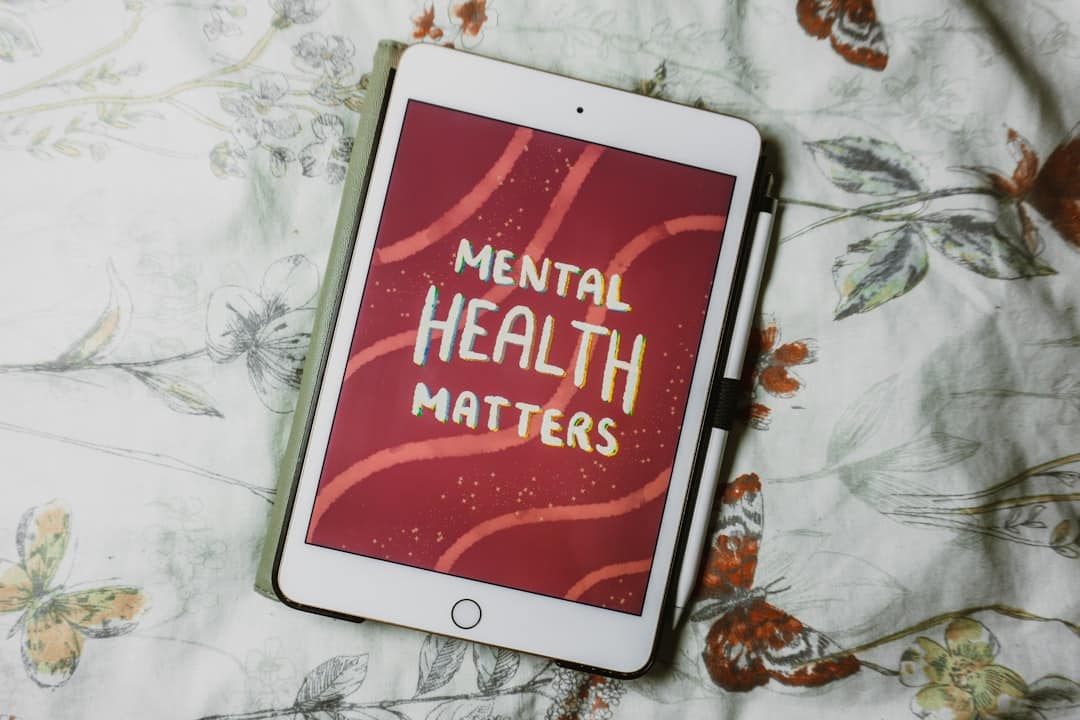
Understanding Mental Health Awareness: What It Means and Why It Matters
Mental health awareness is the understanding that our mental well-being is just as important as our physical health. It affects how we think, feel, and interact with the world. With nearly 1 in 5 U.S. adults and 970 million people worldwide living with a mental health condition, this conversation has never been more critical.
It’s important to distinguish between mental health and mental illness. Mental health is a spectrum of well-being that everyone has. Some days we thrive, and other days we struggle. A mental illness, however, is a diagnosable condition like depression or anxiety that requires professional support.
Why does awareness matter? Because stigma kills. It prevents people from seeking life-changing treatment out of shame or fear. As Glenn Close said, “What mental health needs is more sunlight, more candor, and more unashamed conversations.” By normalizing these discussions, we encourage people to seek help without shame.
At Addiction Helpline America, we see the deep connection between mental health and addiction. Our team provides compassionate guidance, helping people steer co-occurring disorders and find integrated support.
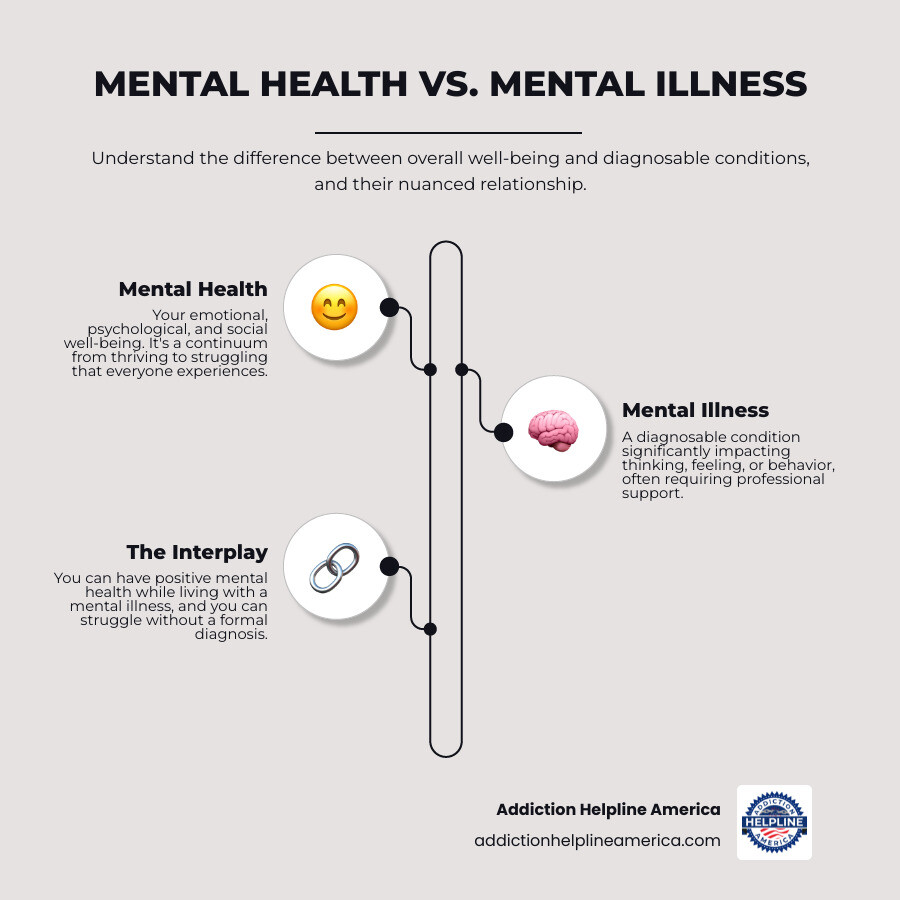
Handy mental health awareness terms:
The Importance of Mental Health Awareness
Every May, Mental Health Awareness Month shines a light on mental wellness and breaking down stigma. Started in 1949 by Mental Health America (MHA), this observance encourages open conversations. The green ribbon worn during May is a powerful symbol of solidarity, showing support for anyone facing mental health challenges.
For 2025, the theme “Turn Awareness into Action” calls on us to move beyond simply knowing that mental health matters and start doing something to create real change in our communities.
Why Awareness Matters
Mental health awareness chips away at the stigma that keeps people suffering in silence. Openly discussing conditions like depression and anxiety normalizes these struggles and makes it okay for someone to say, “I’m not doing well, and I need support.” This encourages early intervention, which can prevent conditions from worsening and lead to faster recovery.
Collective awareness also drives policy change, leading to better funding and more accessible mental health services. According to the CDC, 23% of U.S. adults live with a mental health condition, and 20% of adolescents have a diagnosed condition. These numbers represent our friends, family, and neighbors, highlighting the urgent need for a supportive society where no one has to face their struggles alone.
Understanding the Spectrum: Promoting mental health awareness
Mental health awareness teaches us that mental health is a continuum we all move along. It’s not a simple case of being “sick” or “well.” At one end is thriving—feeling fulfilled and resilient. On the other end, people may be struggling with a diagnosable mental illness.
Crucially, a diagnosis is not a life sentence. With effective treatment and strong social support, individuals with mental health conditions can thrive. Resilience isn’t about never struggling; it’s about learning how to get back up. Nurturing our mental health through coping skills and seeking support is an act of wisdom, not weakness.
Understanding Common Mental Health Conditions

Part of mental health awareness is understanding that mental health conditions are medical issues, not character flaws. They are shaped by a mix of genetics, brain chemistry, and life experiences. Common conditions include:
- Anxiety Disorders: Involve excessive fear or worry that disrupts daily life. This is the most common category of mental illness in the U.S.
- Depression (Major Depressive Disorder): Characterized by persistent sadness, loss of interest, and overwhelming fatigue.
- Post-Traumatic Stress Disorder (PTSD): Can develop after a traumatic event, causing flashbacks, nightmares, and severe anxiety.
- Bipolar Disorder: Involves dramatic shifts in mood, energy, and activity levels, from manic highs to depressive lows.
- Schizophrenia: A serious disorder where people interpret reality abnormally, which may involve hallucinations or delusions.
- Eating Disorders: Involve severe disturbances in eating behaviors and distressing thoughts about food and body image. Resources for eating disorder help are available.
- Substance Use Disorders: Occur when the repeated use of alcohol or drugs causes significant impairment. These often appear alongside other mental health conditions, known as co-occurring disorders. People may use substances to self-medicate symptoms of anxiety or depression, creating a cycle that requires integrated treatment.
At Addiction Helpline America, we specialize in finding integrated care that addresses both mental health and substance use, as treating them together leads to more lasting recovery.
The Scope of the Issue: Mental Health by the Numbers
Mental health is a global public health challenge. In 2019, 970 million people worldwide had a mental disorder, a number that grew significantly during the COVID-19 pandemic. In the U.S., more than 1 in 5 adults (23%) live with a mental illness. Young people are especially affected, with half of all lifetime mental illnesses beginning by age 14. Certain groups, including young adults, women, and LGBTQ+ individuals, face higher rates of mental health conditions, often due to unique life stressors and systemic barriers to care. These statistics, detailed in reports like the WHO World Mental Health Report, underscore the need for urgent, compassionate action.
The Mind-Body Connection
Your mental and physical health are deeply intertwined. Chronic stress from untreated mental health conditions like depression can increase the risk for physical illnesses such as heart disease and diabetes. Conversely, living with a chronic physical illness can lead to depression or anxiety. This bidirectional relationship means that effective healthcare must treat the whole person—mind and body together. The National Institute of Mental Health offers more NIMH research on chronic illness and mental health.
Risk Factors, Protective Factors, and Stigma
Our mental health is influenced by a mix of risk and protective factors. Risk factors like genetics, trauma, poverty, and social isolation can increase the likelihood of developing a condition. Protective factors like strong social connections, access to resources, and positive coping skills can buffer against these risks.
However, stigma remains a major barrier. The fear, prejudice, and discrimination associated with mental illness prevent many from seeking help. People worry about being judged or losing their jobs, so they suffer in silence. Reducing stigma by fostering open conversations and education is a cornerstone of mental health awareness, as it allows people to reach out and get the support they deserve.
How to Get Involved and Make a Difference
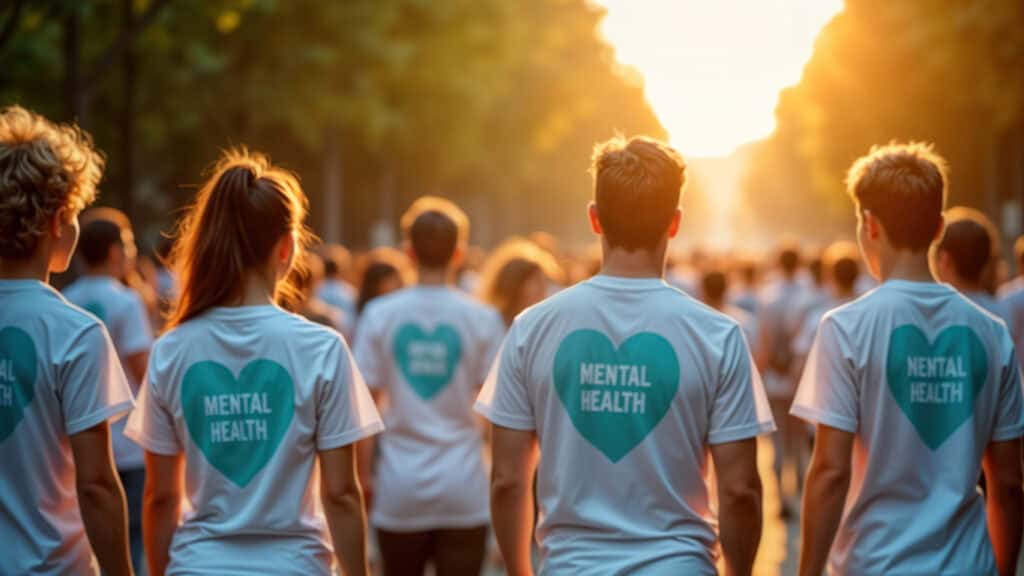
You don’t need to be a mental health professional to promote mental health awareness. Every conversation and act of support contributes to a culture of compassion. At Addiction Helpline America, we see how individual actions can spark community-wide healing, breaking the silence and paving the way for others.
Promoting mental health awareness in Your Community
Making a difference can be simple. Here are a few ways to get involved:
- Wear green in May to show solidarity during Mental Health Awareness Month.
- Share personal stories when you feel comfortable, as your vulnerability can empower others.
- Participate in events like NAMIWalks or local workshops to connect with advocates.
- Educate others by sharing accurate information to dispel myths and reduce stigma.
- Advocate for change by supporting policies that improve access to mental health care.
- Reach out to friends and family to check in and offer a listening ear.
Creating Supportive Environments
Intentional effort is needed to build environments where people feel safe discussing mental health.
Workplaces can help by offering Employee Assistance Programs (EAPs), providing mental health training for managers, and promoting work-life balance. Creating a culture where mental health can be discussed without fear of penalty is key. The Canadian Labour Congress offers great resources on mental health at work.
Schools play a vital role by integrating mental health into the curriculum and providing on-site support services like counselors and peer groups. A safe, bully-free environment is foundational for well-being.
Supporting diverse populations means providing culturally competent care. This includes addressing the unique challenges faced by LGBTQ+ and BIPOC communities, who experience higher rates of mental health conditions due to systemic barriers and discrimination. Early intervention for children and adolescents is also critical, as half of all lifetime mental illnesses begin by age 14.
Resources and Strategies for Well-being

Mental health awareness includes knowing where to turn for help and how to build personal resilience. The path forward may feel unclear, but support is available, and you can start building coping skills today.
Where to Find Help
If you or someone you know is in crisis, you are not alone. Immediate, confidential help is available:
- Call or text 988 to reach the 988 Suicide & Crisis Lifeline 24/7.
- Text HOME to 741741 to connect with the Crisis Text Line.
- Call SAMHSA’s National Helpline at 1-800-662-HELP (4357) for free referrals to treatment facilities.
- Join a support group through organizations like the National Alliance on Mental Illness (NAMI) to connect with peers.
Finding the right program can be overwhelming. At Addiction Helpline America, we offer free, personalized guidance to connect you with a treatment center from our nationwide network. Explore our Addiction Helpline America resources to learn more.
Building Personal Resilience
Building resilience is like strengthening a muscle. You can work on it every day with practical strategies:
- Develop healthy coping skills: Try journaling, deep breathing, or creative outlets to process emotions.
- Manage stress: Identify your stressors and use techniques like time management, mindfulness, and setting boundaries.
- Care for your physical health: Regular physical activity, a healthy diet, and 7-9 hours of quality sleep are crucial for mental well-being.
- Practice mindfulness: Meditation can help you stay present and reduce anxious thoughts.
- Nurture social connections: Strong relationships are a powerful protective factor. Make time for friends, family, and community.
- Seek joy: Intentionally engage in hobbies and activities that bring you happiness and laughter.
Frequently Asked Questions about Mental Health
As mental health awareness grows, common questions arise. Here are clear, concise answers to some of the most frequent ones.
What is the difference between mental health and mental illness?
Mental health is a state of well-being that everyone has, and it exists on a spectrum from thriving to struggling. Mental illness refers to a specific, diagnosable medical condition, like depression or an anxiety disorder, that significantly impacts daily functioning. It’s possible to have poor mental health without a diagnosed illness, and it’s also possible to live a fulfilling life with a mental illness through proper treatment and support.
What are the most common mental health disorders?
Understanding how common these conditions are helps reduce feelings of isolation. The most prevalent disorders include:
- Anxiety Disorders (the most common in the U.S.)
- Major Depressive Disorder (the most common globally)
- Post-Traumatic Stress Disorder (PTSD)
- Substance Use Disorders
Other significant conditions include bipolar disorder, schizophrenia, and eating disorders. If these resonate with you, know that effective treatments are available. Our Addiction Helpline America resources can help you find support.
How can I reduce the stigma around mental illness?
Reducing stigma saves lives by making it easier for people to seek help. Every person can contribute:
- Educate yourself and others: Share facts, not myths. Mental illness is a medical condition, not a character flaw.
- Talk openly: Normalize conversations about mental health to show others it’s safe to speak up.
- Use person-first language: Say “a person with bipolar disorder,” not “a bipolar person.”
- Challenge misconceptions: Gently correct stigmatizing jokes or stereotypes.
- Show empathy: Treat people with mental health conditions with respect and kindness. A simple, genuine “How are you doing?” can make a huge difference.
Conclusion
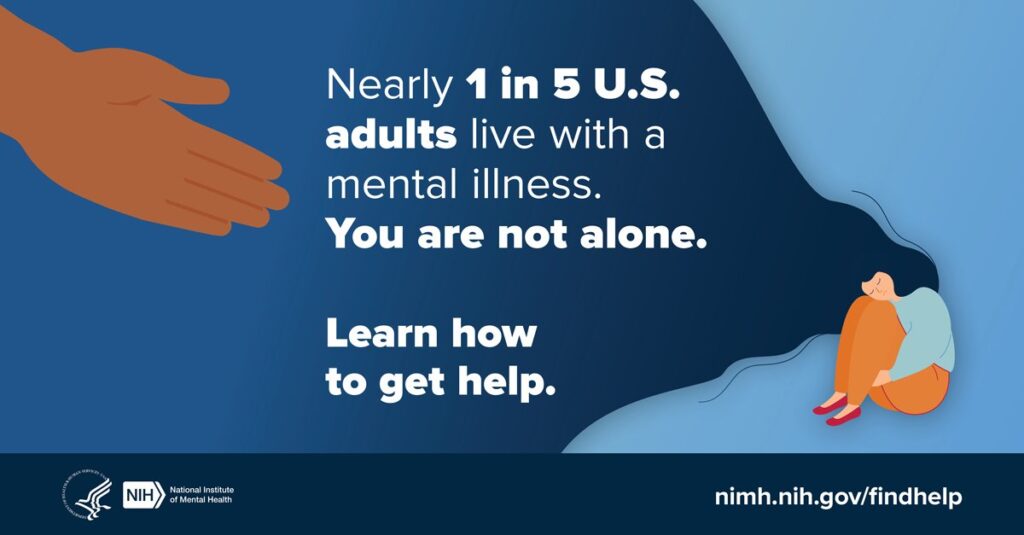
Mental health awareness is more than a concept—it’s a call to action. It’s about understanding that mental health is a core part of our overall well-being and that millions of people are affected by mental health challenges. But with awareness comes hope. Recovery is possible, and no one has to go through it alone.
This is a collective responsibility. By educating ourselves, talking openly, and showing compassion, we can break down the walls of stigma and build supportive communities where seeking help is seen as a sign of strength.
At Addiction Helpline America, we understand the deep connection between mental health and addiction. Finding the right help can be overwhelming, but we are here to guide you. We provide free, confidential support to connect you with a treatment program that fits your needs from our network spanning the entire country.
The power of support cannot be overstated. If you or a loved one is struggling, please reach out. Find confidential help with our addiction and rehab hotlines. You deserve support, and you are never alone on this journey.
Our helpline is 100%
free & confidential
If you or someone you care about is struggling with drug or alcohol addiction, we can help you explore your recovery options. Don’t face this challenge alone—seek support from us.
Programs
Resources
Will my insurance
cover addiction
treatment?
We're ready to help
Find the best
drug or alcohol treatment
center
Are you or a loved one struggling with addiction? Call today to speak to a treatment expert.

